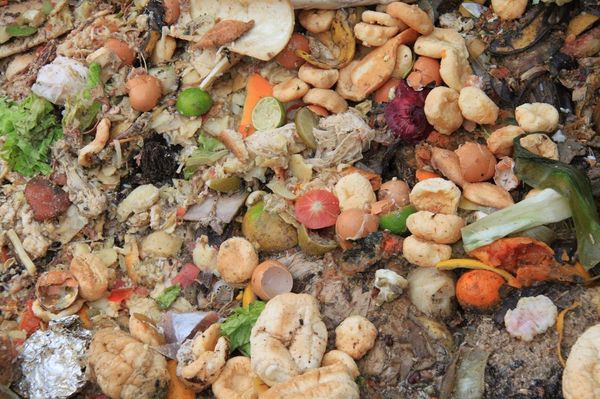Background
When food is left over and nobody else wants it - where to put it?
Felicitas Schneider | 21.06.2022
Food should be used sensibly. What is no longer edible for humans is suitable, for example, as feed for animals or as an energy source for biogas plants.
Food that is not spoiled but can no longer be eaten by humans can be fed to animals. As a rule, this is hard bread for livestock and pets or fruit and vegetables that have withered. However, the feeding of food scraps (cooked scraps from out-of-home meals) to animals has been banned in the EU since the emergence of BSE.
Composting is the transformation of organic matter by microorganisms with sufficient air and moisture. Foodstuffs also consist to a large extent of organic matter. During composting, this is broken down into carbon dioxide (CO2) and converted into stable organic matter (humic substances) at the same time. The product of this process, compost, can be used as a soil improver for many applications in agriculture or also in the own garden.
Most food waste is fermented in Germany. The process of microbiological degradation under exclusion of air, as it also takes place in a landfill, is used technically. The process takes place in a large container and the resulting methane is collected. It can, for example, be used for the production of bioenergy.
Most of the food that ends up in residual waste in Germany is incinerated. The organic substance is destroyed and can no longer be used. However, depositing the incineration residues on a landfill will at least not lead to any further release of methane.






